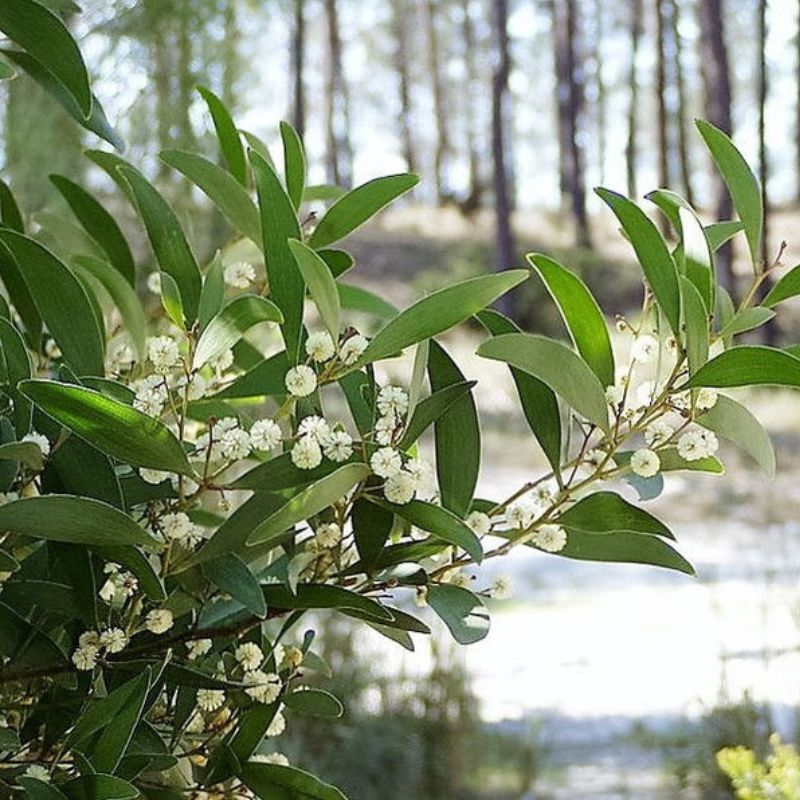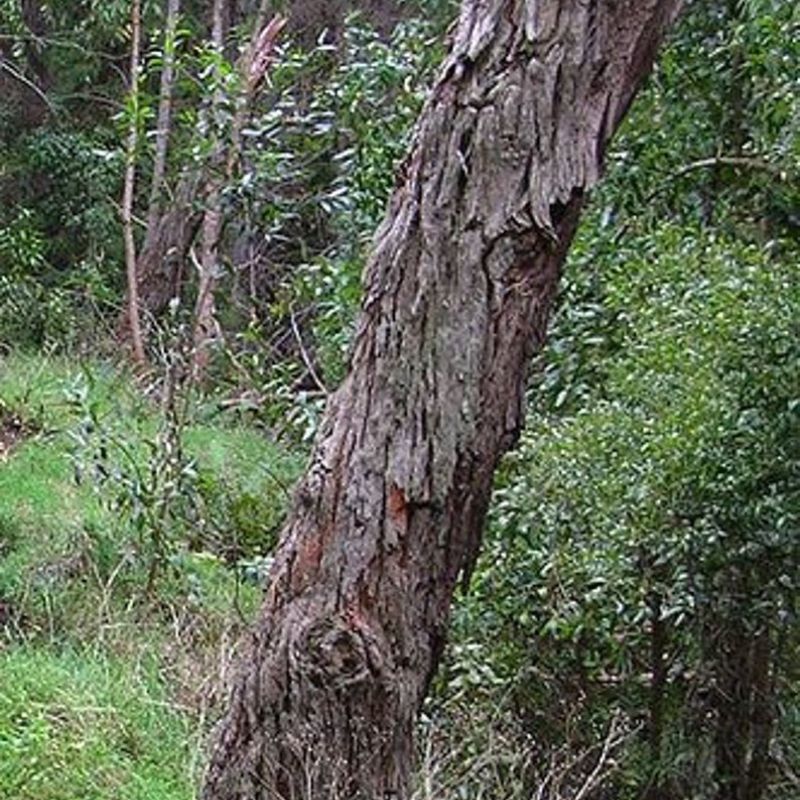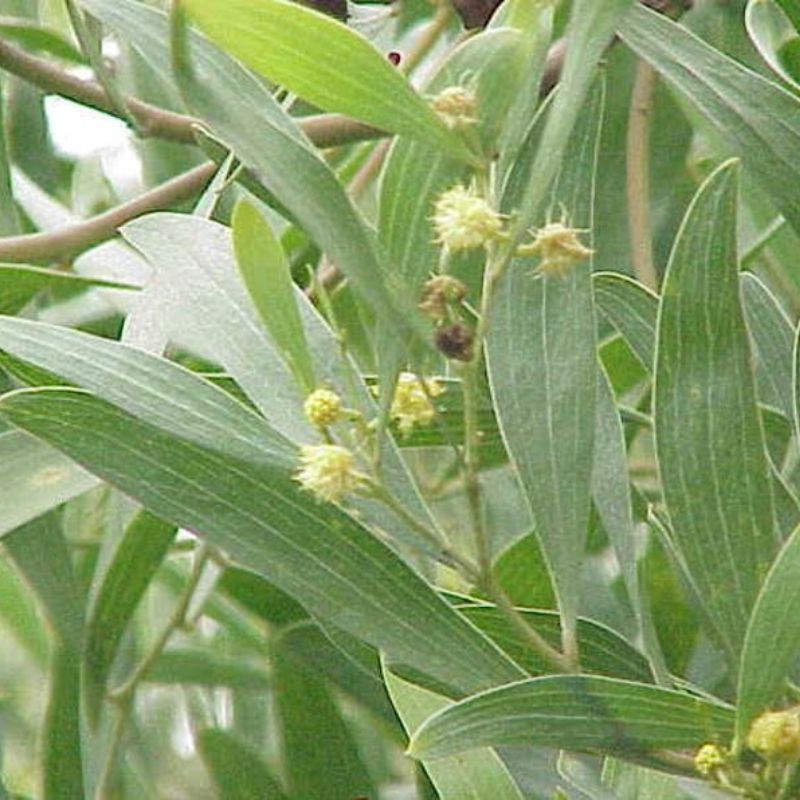- Historical context: Acacia melanoxylon, commonly known as the Australian Blackwood, is a species of Acacia native to southeastern Australia. It has been used by Indigenous Australians for various purposes, including tools and weapons.
- Geographical origination: Southeastern Australia, including Tasmania and parts of Victoria and New South Wales.
- Relevant cultural significance: The wood of Acacia melanoxylon is highly valued for its use in fine furniture, musical instruments, and decorative veneers. It has also been used traditionally by Indigenous Australians.
- Time period of discovery: The species was first described by botanist Robert Brown in 1813.
- Original habitat: Typically found in wet sclerophyll forests, along riverbanks, and in rainforests.
- Notable historical uses: Used by Indigenous Australians for making tools, weapons, and as a source of food. The wood has been used in European furniture making since the 19th century.
- Ideal temperature range: Prefers mild to warm climates, with an ideal temperature range of 15-25°C (59-77°F).
- Soil type: Thrives in well-drained soils, including sandy, loamy, and clay soils. It prefers slightly acidic to neutral pH levels.
- Sunlight requirements: Requires full sun to partial shade for optimal growth.
- Watering needs: Moderate watering is required. The tree is drought-tolerant once established but benefits from regular watering during dry periods.
- Planting season: Best planted in spring or early autumn.
- Germination time: Seeds typically germinate within 2-4 weeks under optimal conditions.
- Growth cycle duration: The tree can grow rapidly, reaching maturity in about 10-15 years.
- Common pests and diseases: Susceptible to pests such as aphids, scale insects, and borers. Diseases include root rot and fungal infections.
- Companion planting advice: Can be planted alongside other native Australian plants such as Eucalyptus and Grevillea species.
- Common challenges and solutions: Challenges include susceptibility to pests and diseases, and competition for nutrients in poor soils. Solutions include regular monitoring, appropriate pest control measures, and soil enrichment with organic matter.
- Nutritional values: The seeds are not commonly consumed for their nutritional value.
- Health benefits: The tree is not typically used for medicinal purposes, but its wood has been used in traditional practices.
- Culinary uses: The seeds are not commonly used in culinary applications.
- Medicinal uses: There are no widely recognized medicinal uses for Acacia melanoxylon.
- Other unique advantages: Wood Quality: The wood is highly prized for its durability, workability, and aesthetic appeal.
Environmental Benefits: The tree can be used in reforestation projects and as a windbreak.
Ecological Role: Provides habitat and food for various wildlife species.










